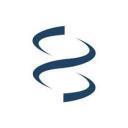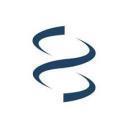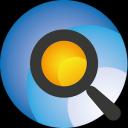HomoloGene (NCBI) is a system for automated detection of homologs among the annotated genes of several completely sequenced eukaryotic genomes.
...continue to readThe EST database (NCBI) is a collection of short single-read transcript sequences from GenBank. These sequences provide a resource to evaluate gene expression, find potential variation, and annotate genes.
...continue to readThe Vertebrate Genome Annotation (VEGA) genome browser is a central repository for high quality manual annotation of vertebrate finished genome sequence. The majority of the annotation is from the HAVANA group at the Welcome Trust Sanger Institute.
...continue to read
Add to my favorites
Remove from my favorites
Gene Expression Omnibus
Category: Gene information search
Subcategories: NCBI
GEO is a public functional genomics data repository supporting MIAME-compliant data submissions. Array- and sequence-based data are accepted. Tools are provided to help users query and download experiments and curated gene expression profiles.
...continue to readBy extensive analyses of all human transcripts, H-InvDB (Integrated DB of Annotated Human Genes) provides curated annotations of human genes and transcripts that include gene structures, alternative splicing isoforms, non-coding functional RNAs, protein functions, functional domains, sub-cellular localizations, metabolic pathways, protein 3D structure, genetic polymorphisms (SNPs, indels and microsatellite repeats) , relation with diseases, gene expression profiling, and molecular evolutionary f
...continue to readThe DNV database (dbDNV) has been established to promote more accurate variation annotation. Aside from the flat file download, users can explore the gene-related duplications and the associated DNVs by DGL and DNV searches, respectively
...continue to readThe transcribed enhancer atlas holds ~40.000 enhancers that are detected by bidirectional capped transcription, using the FANTOM5 CAGE expression atlas encompassing 135 primary cell and 432 tissue samples from human (Andersson et al.Nature 507,455–461, 2014)
...continue to readThe Expression Atlas provides information on gene expression patterns under different biological conditions such as a gene knock out, a plant treated with a compound, or in a particular organism part or cell. It includes both microarray and RNA-seq data. The data is re-analysed in-house to detect interesting expression patterns under the conditions of the original experiment. There are two components to the Expression Atlas, the Baseline Atlas and the Differential Atlas. The Baseline Atlas displ
...continue to read
Add to my favorites
Remove from my favorites
The Genotype-Tissue Expression Consortium
Category: Gene information search








